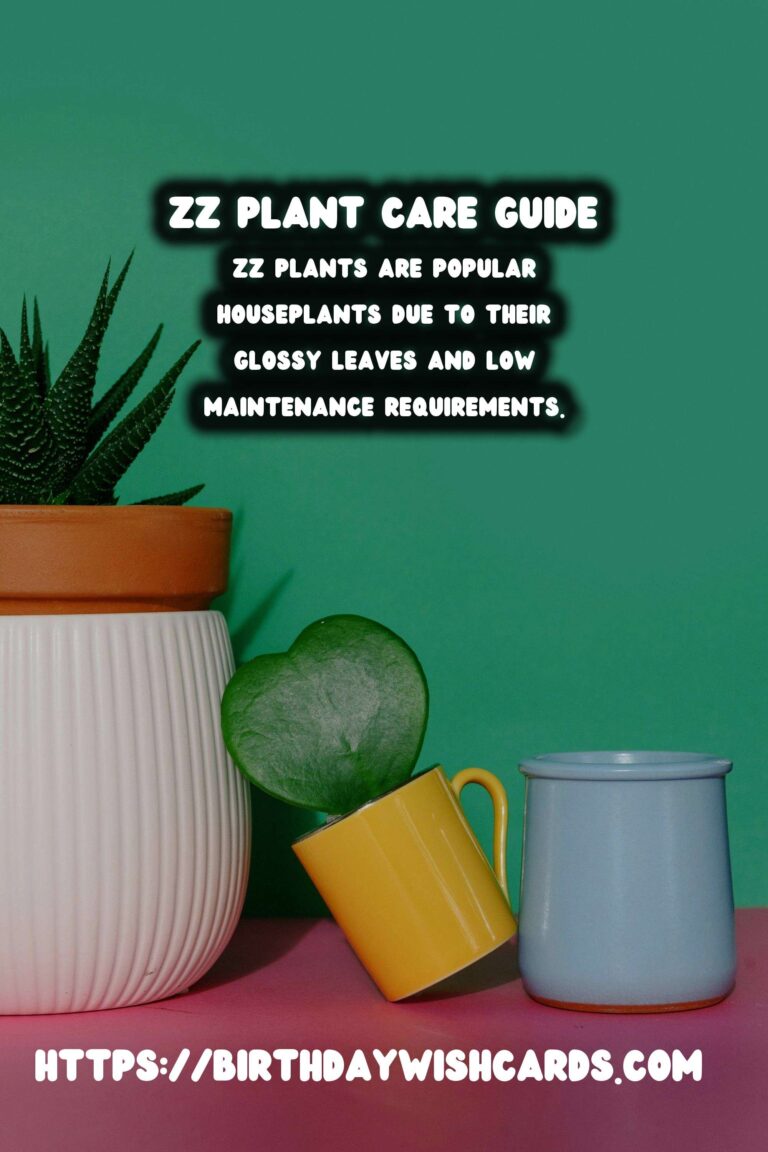
ZZ plants, known scientifically as Zamioculcas zamiifolia, are popular houseplants due to their glossy leaves and low maintenance requirements. These plants are native to Eastern Africa and have become a staple in homes and offices around the world. One of the key aspects of caring for a ZZ plant is knowing when and how to repot it. This guide will provide you with comprehensive information on the best practices for repotting your ZZ plant to ensure its health and longevity.
Understanding the Growth Pattern of ZZ Plants
ZZ plants have a unique growth pattern that is different from many other houseplants. They grow from rhizomes, which are thickened underground stems that store water and nutrients. This adaptation allows them to survive in low-light and drought conditions, making them particularly resilient. However, the growth of these rhizomes can eventually lead to the plant becoming root-bound, which is when repotting becomes necessary.
When to Repot Your ZZ Plant
The best time to repot a ZZ plant is during the spring or early summer. This is when the plant is entering its active growing season, allowing it to recover more quickly from the stress of repotting. A good rule of thumb is to repot your ZZ plant every 2-3 years, depending on its growth rate and the size of its pot. Signs that your ZZ plant needs repotting include roots growing out of the drainage holes, a noticeable slowdown in growth, or the plant becoming top-heavy and falling over.
Choosing the Right Pot and Soil
When selecting a new pot for your ZZ plant, choose one that is 1-2 inches larger in diameter than the current pot. Ensure that the pot has adequate drainage holes to prevent waterlogging, which can lead to root rot. ZZ plants prefer a well-draining potting mix. You can use a standard indoor potting soil mixed with perlite or sand to improve drainage. Avoid using heavy or clay soils that retain too much moisture.
Steps to Repot Your ZZ Plant
Repotting a ZZ plant involves several straightforward steps:
- Prepare the new pot: Fill the new pot with a layer of fresh potting mix.
- Remove the plant from its current pot: Gently loosen the soil around the edges and lift the plant out by its base. Be careful not to damage the rhizomes.
- Inspect the roots: Check for any signs of rot or disease, trimming away any damaged roots with sterilized scissors.
- Place the plant in the new pot: Position the plant at the same depth it was in its old pot and fill around it with fresh soil. Firm the soil gently to eliminate air pockets.
- Water thoroughly: After repotting, water the plant thoroughly to help settle the soil. Allow the excess water to drain away completely.
Post-Repotting Care
After repotting, place your ZZ plant in a location with indirect light and maintain a consistent watering schedule. Avoid fertilizing for the first month to give the plant time to adjust to its new environment. Monitor the plant over the following weeks for signs of stress, such as yellowing leaves or wilting, and adjust care as needed.
Common Issues and Troubleshooting
If your ZZ plant displays signs of distress after repotting, such as drooping or yellowing leaves, it may be experiencing transplant shock. To mitigate this, ensure that the plant is not overwatered and that it is in an environment with stable temperatures and indirect light. If root rot is suspected, reduce watering and consider repotting again with fresh, well-draining soil.
By following these guidelines, you can ensure that your ZZ plant remains healthy and vibrant. Regular repotting not only provides more space for growth but also refreshes the soil, offering new nutrients to support the plant’s development. With proper care, your ZZ plant will continue to be a beautiful and resilient addition to your home.
ZZ plants are popular houseplants due to their glossy leaves and low maintenance requirements. The best time to repot a ZZ plant is during the spring or early summer. Choose a new pot that is 1-2 inches larger in diameter than the current pot. After repotting, place your ZZ plant in a location with indirect light. If your ZZ plant displays signs of distress after repotting, it may be experiencing transplant shock. 
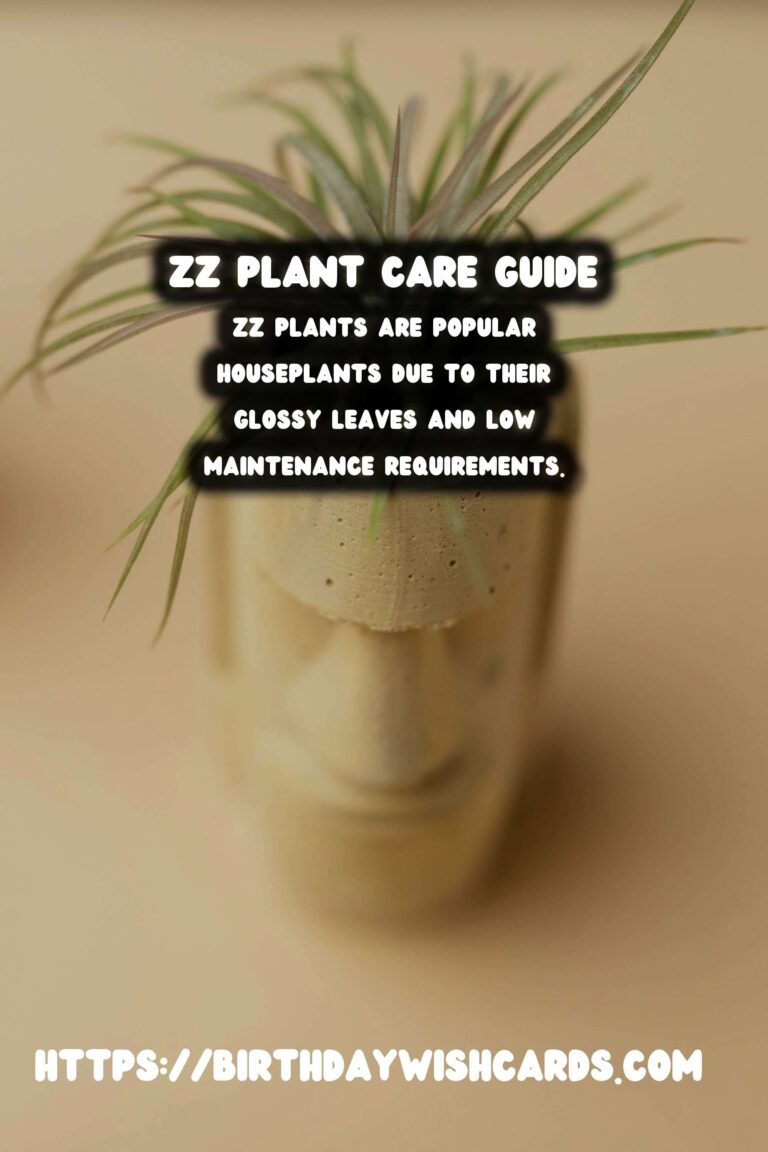
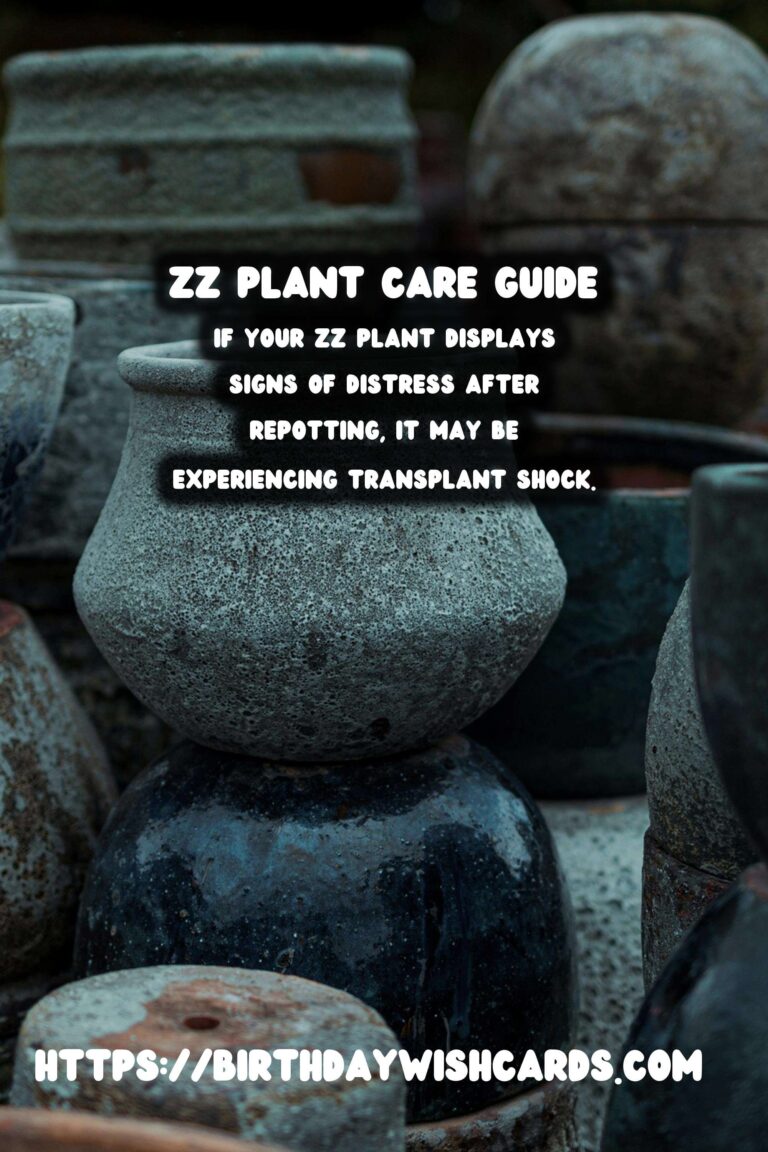
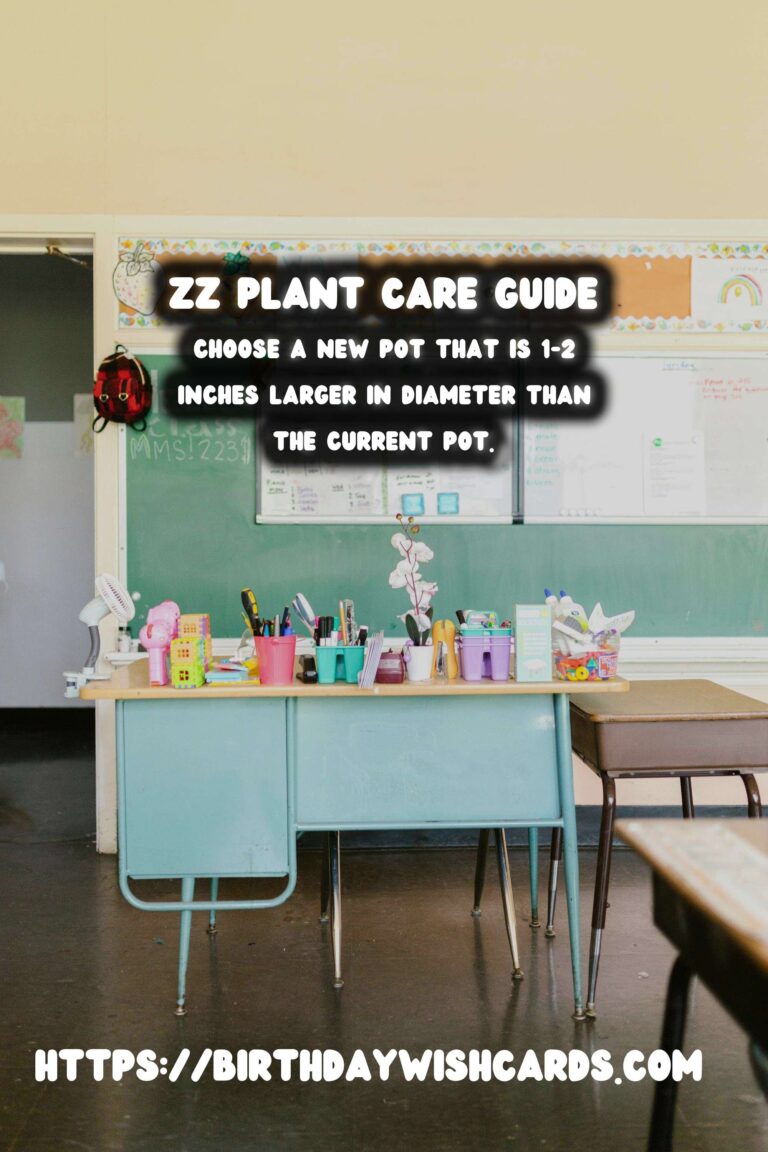
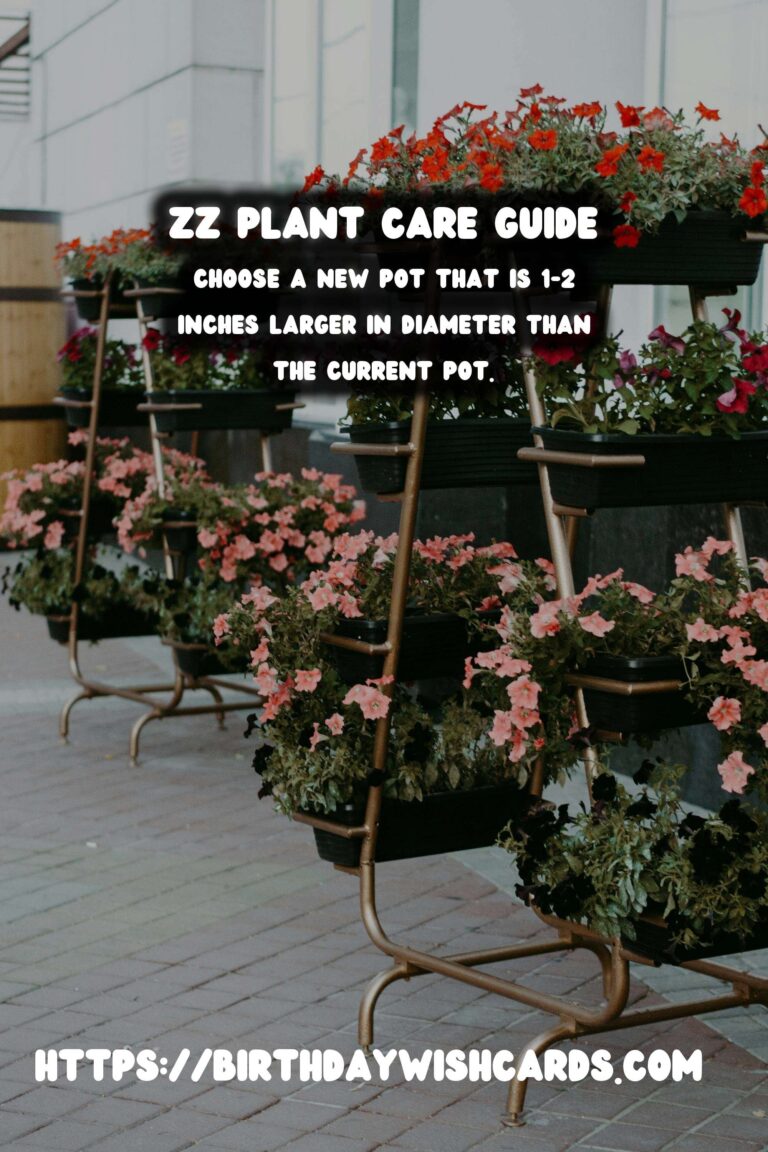

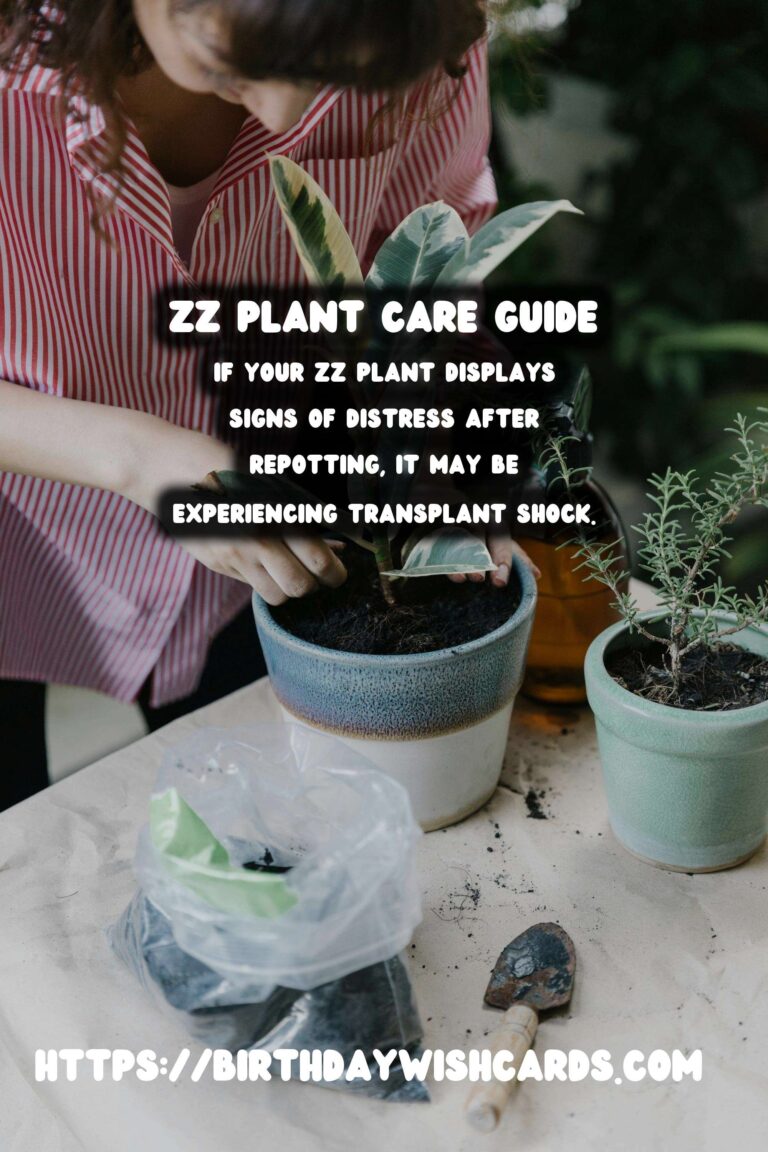
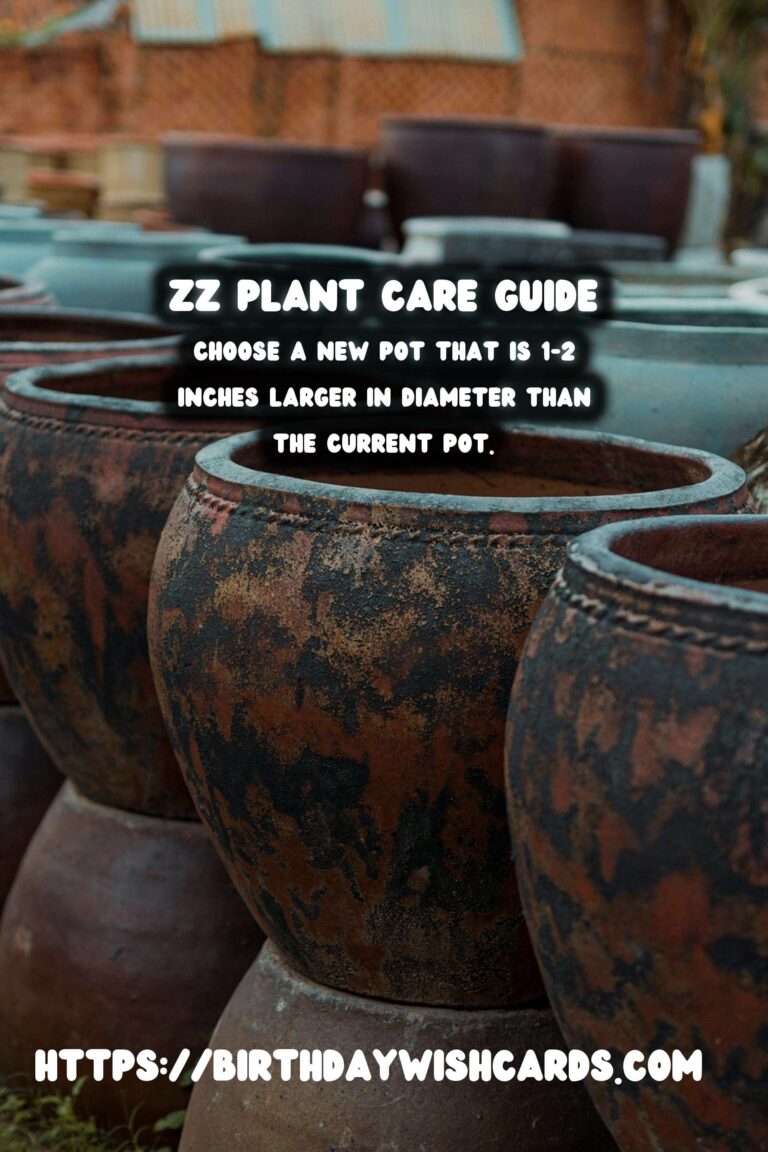
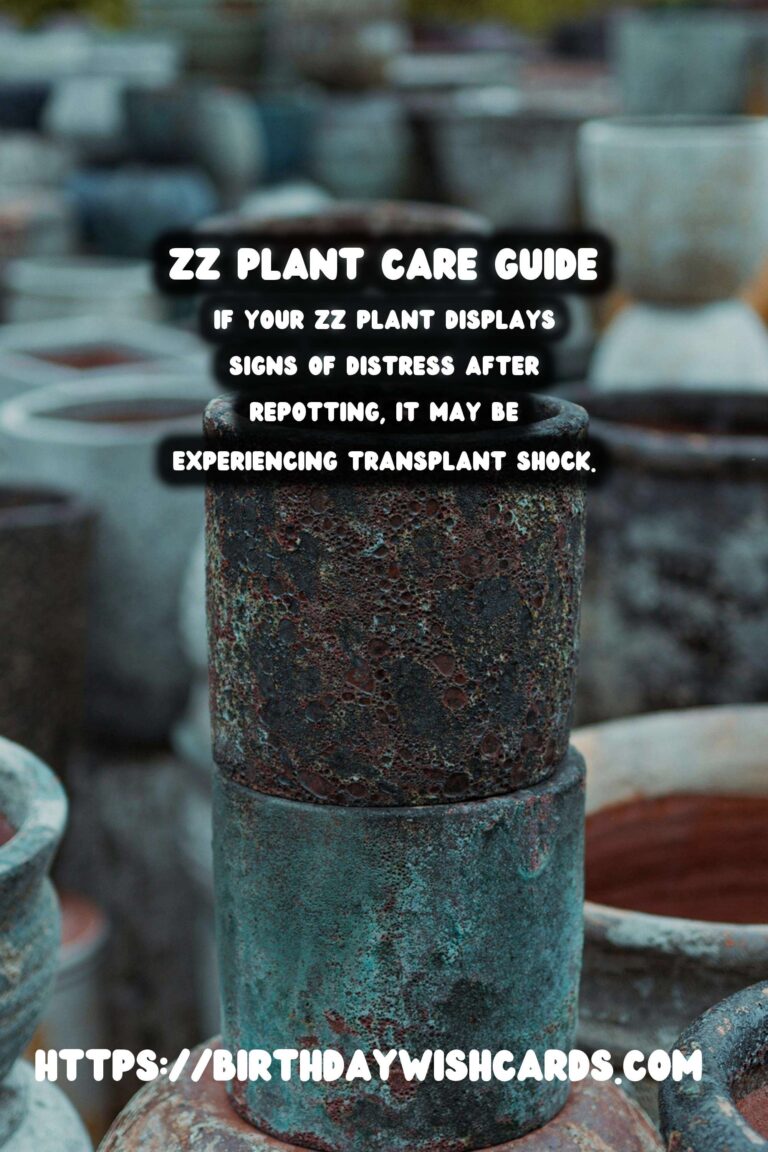
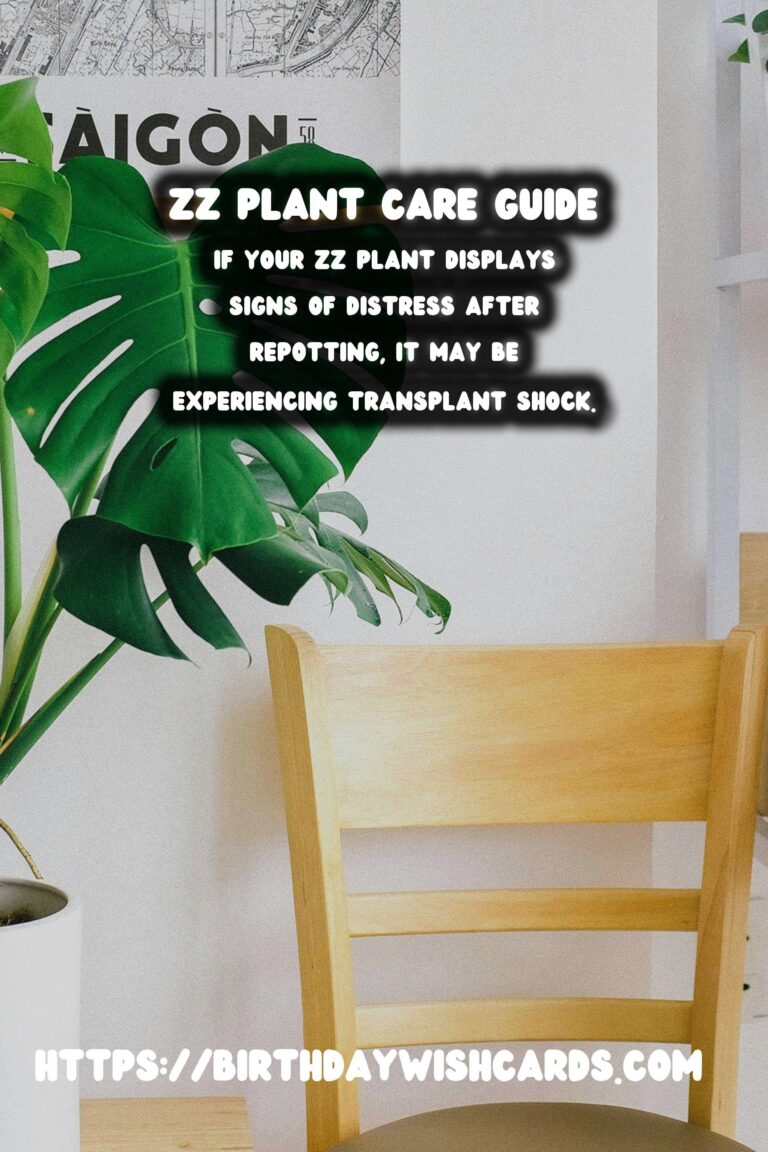
#ZZPlant #Houseplants #PlantCare #Repotting #GardeningTips




